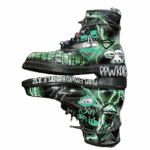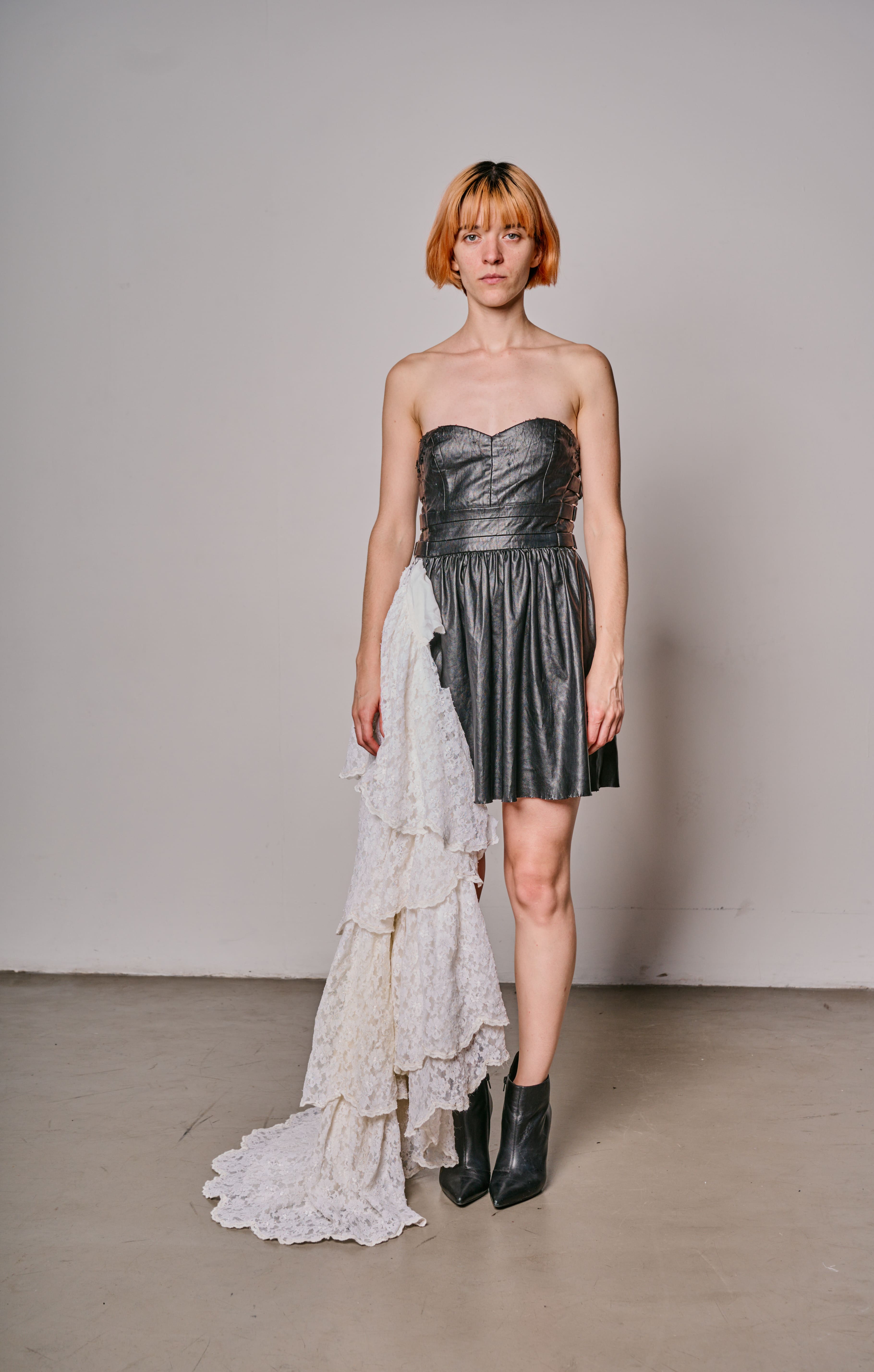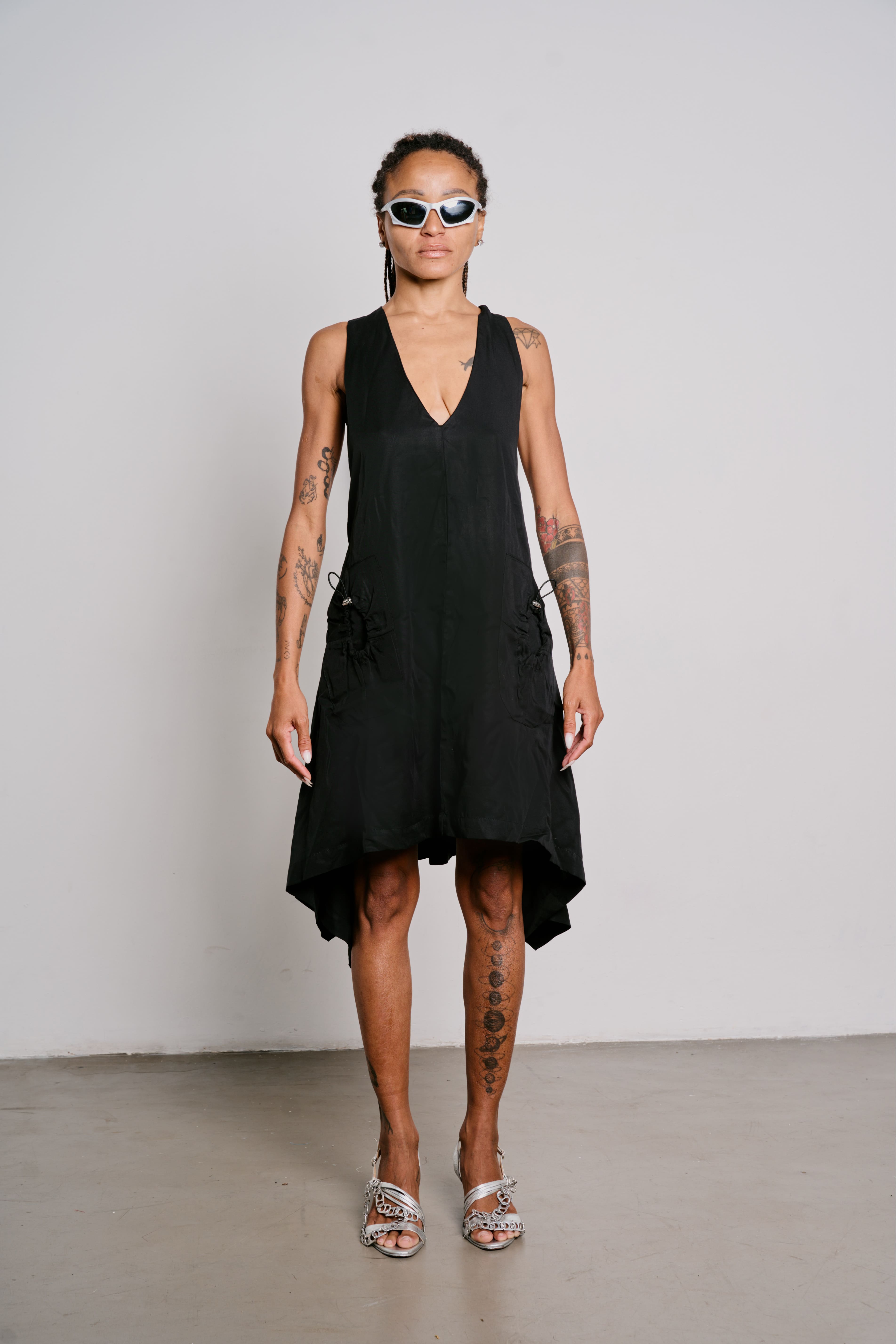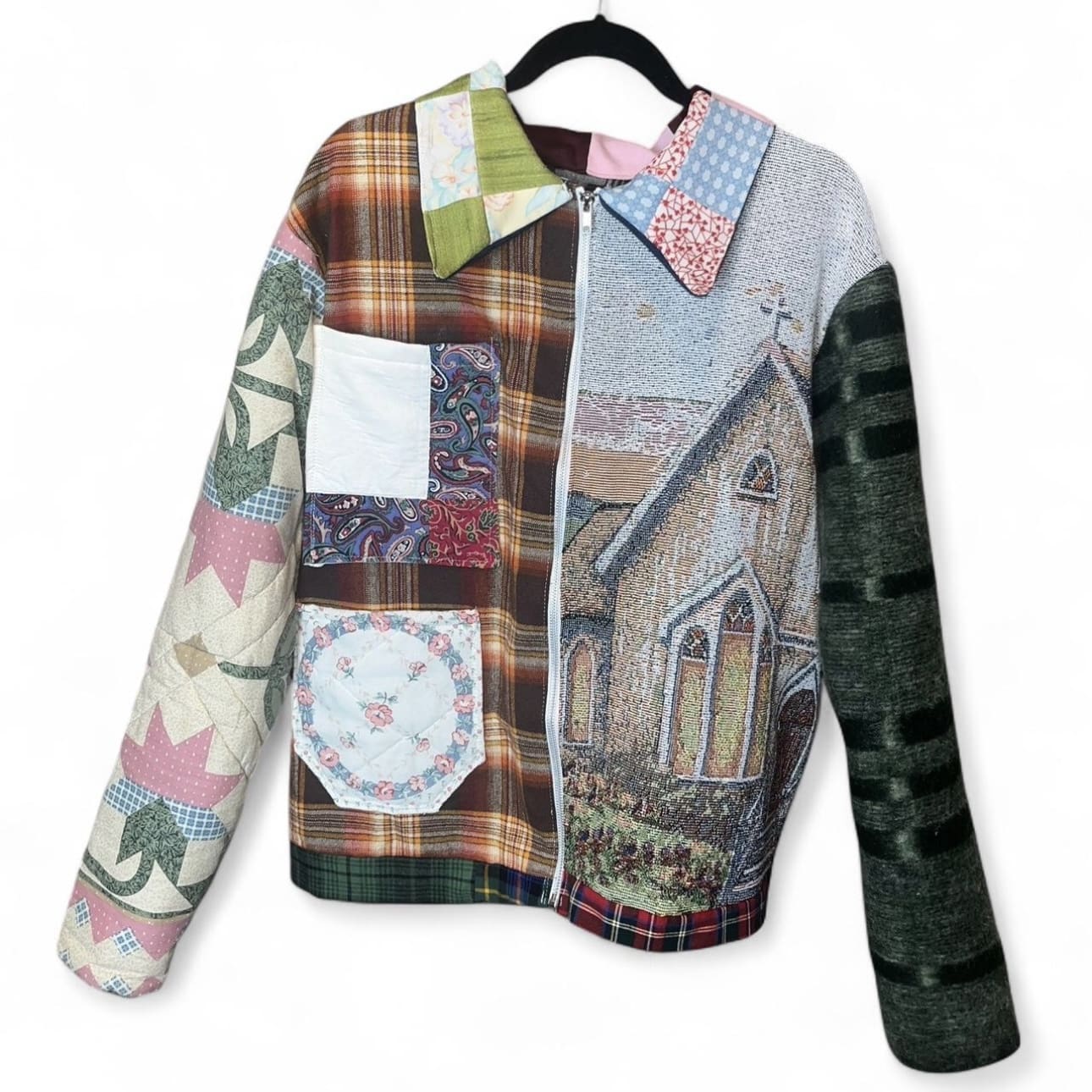Robert Smith of The Cure is an unexpected icon of goth music and culture. Known for his haunting lyrics, dramatic appearance, and unmistakable voice, Smith has captivated fans since the late 1970s with a blend of melancholy and beauty that defined much of goth rock. Yet, despite The Cure’s darkly poetic album titles, immersive guitar and synth layers, and Smith’s signature look of wild hair and heavy makeup, he firmly rejects the “goth” label.
From his early influences with Siouxsie and the Banshees to his insistence that The Cure’s music defies categorization, Smith’s complex relationship with goth culture has only added to his enigmatic appeal. This article explores how Robert Smith’s style, sound, and self-image shaped a subculture—even as he continues to disavow it.
The Popularity Explosion of The Cure
The Cure’s rise to popularity began in the British post-punk scene, where they led for over a decade. In America, though, their fame was mostly limited to independent record stores and college radio. That changed with their 1987 album Kiss Me Kiss Me Kiss Me, which brought them into the mainstream.
The album was a turning point for The Cure. It mixed dark, gothic tones with vibrant elements from R&B, funk, jazz, and psychedelic pop. This blend reached new audiences, especially with singles like “Just Like Heaven,” “Why Can’t I Be You?,” and “Hot! Hot! Hot!” Tracks from Kiss Me became hits on prominent American stations and led to widespread love for the band in the U.S. Their success helped pave the way for other British acts like The Smiths, New Order, and Echo & The Bunnymen.

The Cure’s music and style also made them icons within the goth subculture. Their dark, introspective lyrics and atmospheric sound resonated with fans of gothic music. The Cure became not only favorites within goth but also symbols of alternative music’s emotional depth and range. This mix of talent, style, and timing helped them break into the mainstream, creating a legacy that still endures.
The Style of Robert Smith of The Cure
Robert Smith’s iconic style, featuring wild hair, heavy eyeliner, and smeared lipstick, has been a defining feature of The Cure’s visual identity for decades. This look emerged from his early explorations in punk and goth aesthetics, combining influences from other artists and the dark, theatrical vibes of late ’70s punk culture.
Smith’s hair—a wild, tangled mess—adds to his mysterious, larger-than-life stage presence. It creates an almost haunted quality, suggesting a character caught between music and something more surreal. His makeup, with dark eyeliner and smeared red lipstick, also adds an androgynous and melancholic touch, becoming his signature style. Together, these elements became a recognizable symbol of goth fashion, even as Robert himself never set out to become a fashion icon.
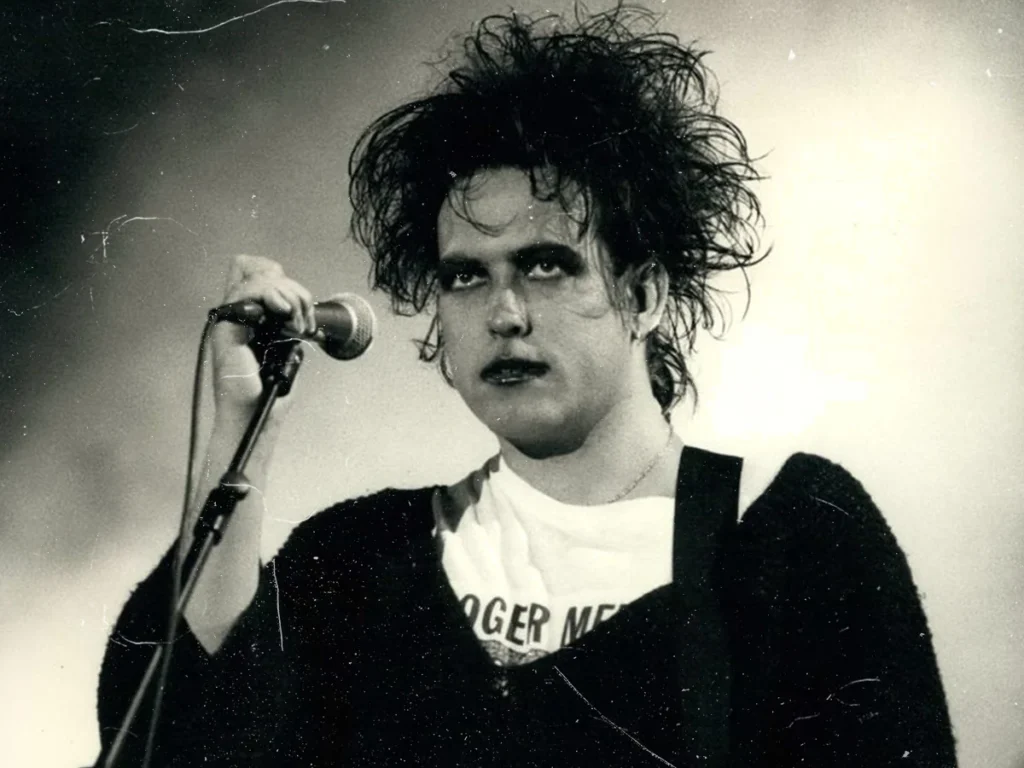
Over the years, Smith has kept this look, cementing it as an inseparable part of his identity and the image of The Cure. His style has inspired fans and influenced goth aesthetics worldwide. While he may not have intended to start a trend, Smith’s distinctive look has become legendary, a lasting part of his mystique as a musician and a visual symbol of The Cure’s darkly romantic music.
The Influence of Siouxsie Sioux
Robert Smith’s iconic look in The Cure drew strong inspiration from Siouxsie Sioux, a pioneer of dark punk and gothic fashion. In the late 1970s, both artists frequented London’s Batcave, a haven for a new breed of punk that diverged from the raw aggression of bands like the Sex Pistols. Instead of anarchy, this punk was nostalgic, romantic, and deeply expressive, with a distinct visual style: black clothing, dramatic makeup, and a unique blend of shadow and light.
Siouxsie Sioux’s look, a striking mix of heavy makeup and bold, dark attire, played on themes from early German Expressionism and cinema, recalling the haunting aesthetic of silent film actresses like Theda Bara. Her dramatic, vampy eye makeup, for example, became a hallmark of the gothic look. Robert Smith adopted and adapted these elements, channeling the messier side of punk with his disheveled hair and smudged eyeliner.
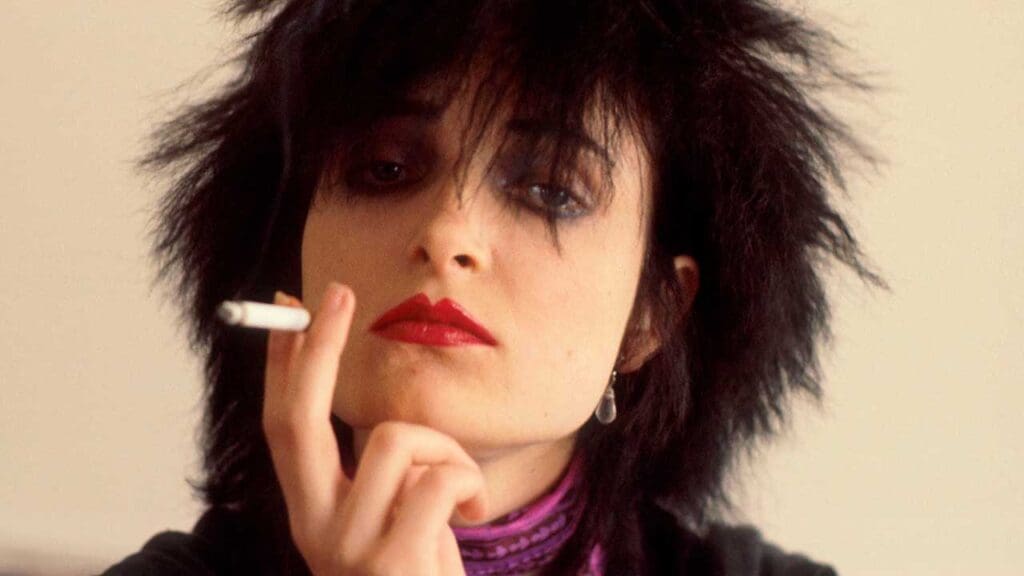
While neither Siouxsie nor Robert intended to start a fashion trend, their styles became integral to goth culture. Their looks resonated deeply with fans, who embraced the dark elegance and androgynous appeal of goth aesthetics. Smith himself once reflected on his surprise at seeing fans imitate his look, finding it strange and even unnerving at the peak of The Cure’s fame. Yet, over time, his and Siouxsie’s looks have become synonymous with goth culture, embodying its allure and the deep connections between music, identity, and fashion.
Robert Smith Claims He Isn’t Goth
Despite his image, Robert Smith of The Cure has repeatedly claimed he isn’t goth, distancing himself from the label that has followed him for decades. Many fans consider The Cure to be one of the definitive goth bands, pointing to the dark themes of their album titles like Faith, Pornography, Disintegration, and Bloodflowers. Their sound—full of haunting guitar and synth arrangements—and Smith’s iconic, expressionistic style also seem perfectly aligned with goth aesthetics. However, Smith insists it’s all a misunderstanding.
In a recent interview with Look Out, Smith explained that he was “stuck” with the goth look when the subculture was first emerging, a phase that happened to overlap with his early days playing with Siouxsie and the Banshees. To match Siouxsie Sioux’s dramatic style, he adopted heavy makeup and dark clothes, but he claims this was more situational than personal. The makeup and wild hair stayed only because they became part of his concert routine and suited his naturally pale features.

Smith’s resistance to the goth label goes beyond just his look. He has expressed a lack of enthusiasm for what’s typically considered “goth music,” stating that he doesn’t identify with its sound or themes. In a 2006 interview with Reuters, he even called it “pitiful” that The Cure is still labeled as goth, arguing that their music is too diverse to fit into any single genre. Ironically, fans have embraced this stance as part of his mystique—many feel that rejecting the goth label makes him even more goth.
Ultimately, Smith seems to value The Cure’s role as a bridge between post-punk and alternative rock more than their connection to goth culture. In his eyes, the band is best defined by their unique sound and emotional impact, not by subcultural labels. Nonetheless, Robert Smith’s iconic look has inspired the goth community for generations.
Robert Smith’s Gothic Legacy
Whether or not Robert Smith considers himself goth, his influence on the subculture is undeniable. From his unique look to The Cure’s haunting, atmospheric sound, Smith has left an indelible mark on music and fashion alike. If you haven’t yet experienced The Cure, their music is essential listening for anyone drawn to the depth and emotion of goth and alternative rock.
And if you’re inspired to adopt some of this style for yourself, Custom WearHouse offers incredible goth clothing to help you channel the iconic, dark aesthetic that Robert Smith helped popularize—even if he’d never admit it.




